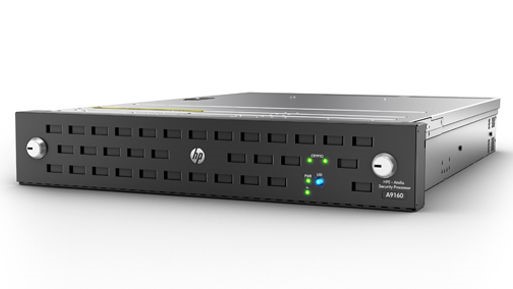Part 2:
What about the EMV chip makes it more secure than a traditional credit card?
A regular credit card’s magnetic strip contains a set of data that never changes. If a fraudster steals this, they can copy the strip and use it continuously.
On the other hand, a chip works a lot like an RSA token as every transaction has a unique identifier that is never duplicated. Also, the chip works with 3DES (triple data encryption) and requires a digital validation process to happen between the terminal, card issuer and certification authority. It is said to be nearly impossible to clone a card with a unique RSA identifier.
How will this impact businesses?
Aside from purchasing a new terminal that can work with the EMV chip; you may also need to purchase a secure network device (or a mainboard residing within a local computer) dedicated to creating RSA keys; known as an HSM, or Hardware Security Module.
This is an example of an HSM:
 You don’t have to get the most advanced HSM you can find. However, if you are running a very simple setup and processing payments through chipped cards; you need to have a solid paper trail.
You don’t have to get the most advanced HSM you can find. However, if you are running a very simple setup and processing payments through chipped cards; you need to have a solid paper trail.
The system is not perfect:
The magnetic strip on a chipped card is supposed to tell the machine to look for the chip. However, skilled security researchers at a company called “NCR” changed a line of code that executes when a payment is attempted to tell the POS that it is not a chipped card; causing it to process as a normal mag stripe card.
The best defense is to monitor your credit card statements for any unusual activity. Also, make sure to change your passwords and pins to financial accounts to be extra secure.

